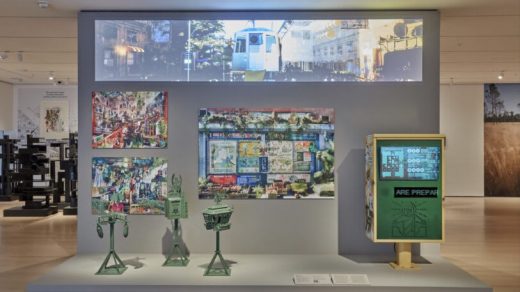Architecture has a racist past. These artists radically reimagined it
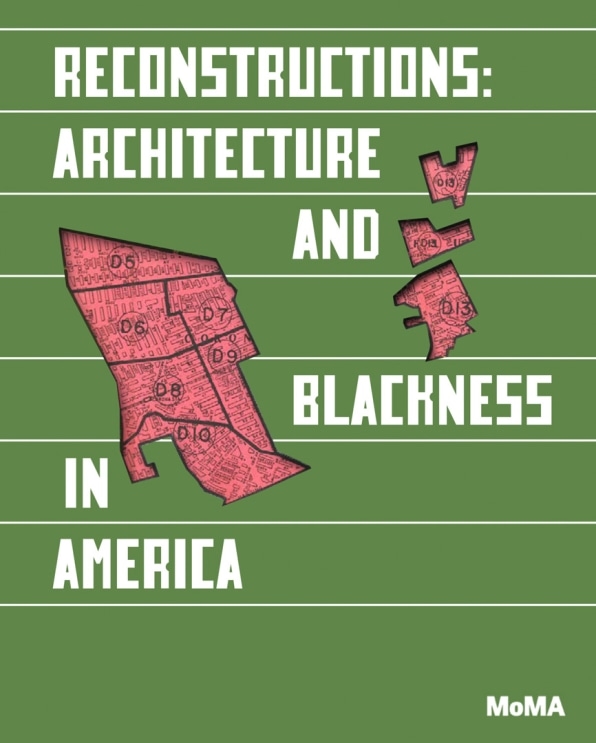
[Image: courtesy of the artist/The Museum of Modern Art]
Reconstructions: Architecture and Blackness in America is a new exhibition at the Museum of Modern Art in New York that seeks to bring this question into new light. It focuses less on what has gone so wrong for so long, but how architecture can begin to better reflect and represent people it has neglected and abused.
The exhibition was organized by Sean Anderson, an associate curator in MoMA’s Department of Architecture and Design, and Mabel O. Wilson, an architecture professor at Columbia University. About three years ago, Anderson was doing research on some of the most well-known mid-century Black architects, including Paul Revere Williams and Max Bond, and was surprised to find that neither had been included in any of the museum’s exhibitions over the years. “And the more I started digging into that, I realized that no Black architects had been shown,” Anderson says.
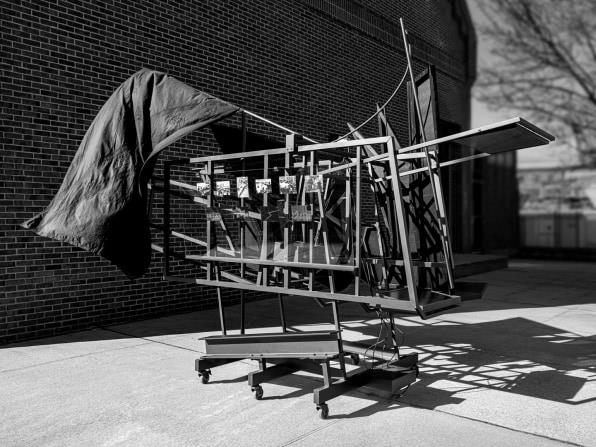
[Image: courtesy of the artist/Kris Graves (photo)/The Museum of Modern Art]
At the suggestion of the co-editor of a book focused on Blackness at MoMA, Anderson was connected with Wilson. She had contributed an essay to the book focusing specifically on MoMA’s record of collecting the works of Black architects and designers, and the two began thinking about how an exhibition could explore architecture and Blackness in a way that was more than just a mea culpa for ignoring Black architects of the past.
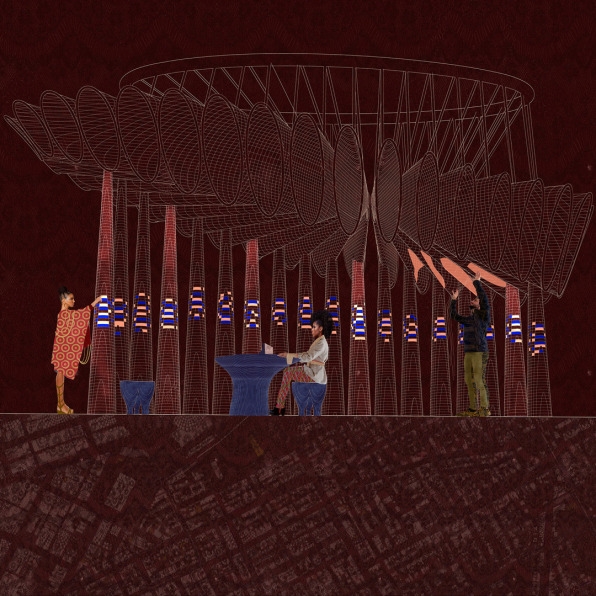
[Image: courtesy of the artist/The Museum of Modern Art]
“A lot of it was inventing a process by which we could curate this exhibition precisely because institutionally the archival material just wasn’t there,” Wilson says. “In many ways, that is the structural legacy of racism in architecture.”
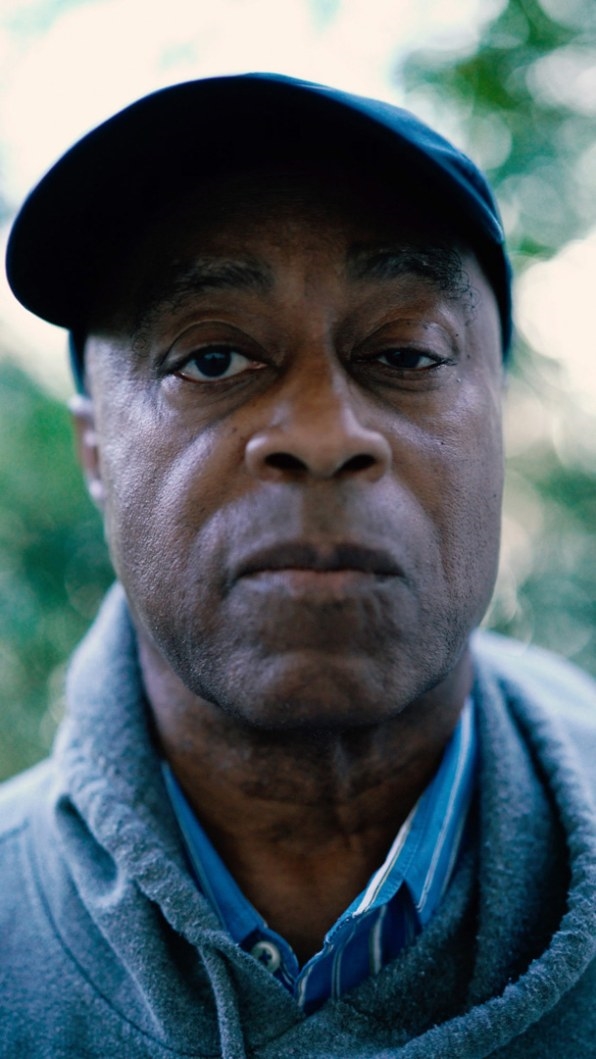
[Image: courtesy of the artist/The Museum of Modern Art]
One of the first decisions they made was to call in a wider range of experts. They formed an advisory committee consisting of historians, curators, poets, an attorney, and a scholar of architecture, and had a series of conversations about what kind of exhibition they should create. Anderson says the conversations were transformative, and each member brought a different lens through which to view the relationship between architecture and the experience of Black Americans.
“We felt it was essential to push aside the conventional ways in which architecture is commissioned or created within the context of an institution like MoMA,” says Anderson, who adds that typically, museums explore architecture through the lens of solutions. This is true even at MoMA, where previous big architecture exhibitions have focused on how New York’s waterfront could adapt to rising sea levels and urban design interventions for expanding megacities. But when it comes to assessing how Black communities have been affected by a largely white and sometimes antagonistic profession, focusing on solutions felt inappropriate. “Solutions were often the reason why Black communities were demolished or displaced and/or disenfranchised,” says Anderson.
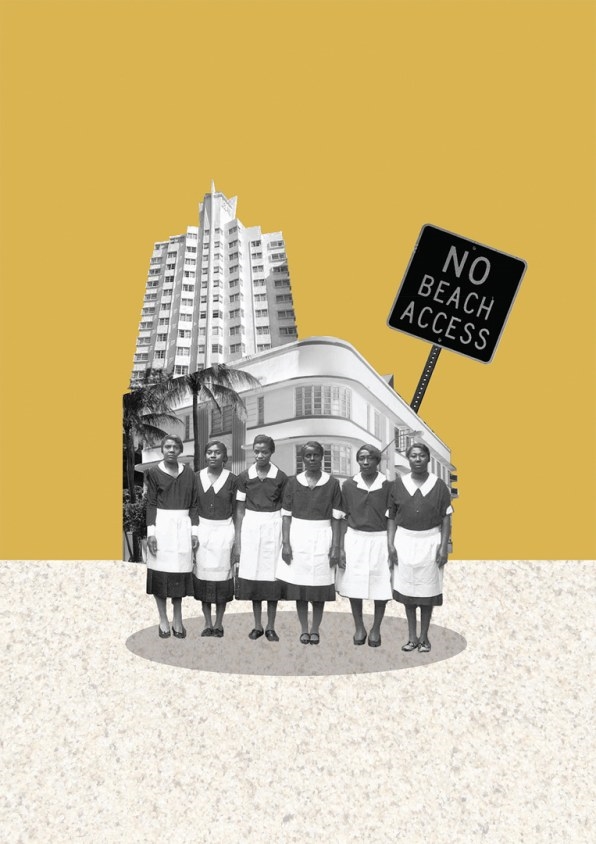
[Image: courtesy of the artist/The Museum of Modern Art]
Rather than highlighting overlooked architects or specific efforts to undo the mistakes of the past, the curators opted to look forward, and to invite artists to consider ways that Blackness has been, hasn’t been, and could be represented in architecture.
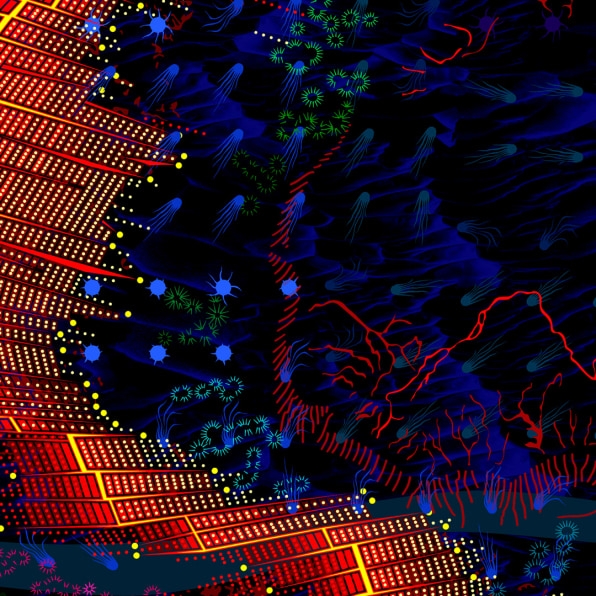
[Image: courtesy of the artist/The Museum of Modern Art]
“We asked, what is it about the tools of architecture, the ways one draws or makes models or works full scale, that can be used to imagine other possible futures, but also as tools of interrogating the past,” Wilson says. “I think that really set up this interesting and rich and fertile ground for the people we did invite to participate in the show to really work within.”
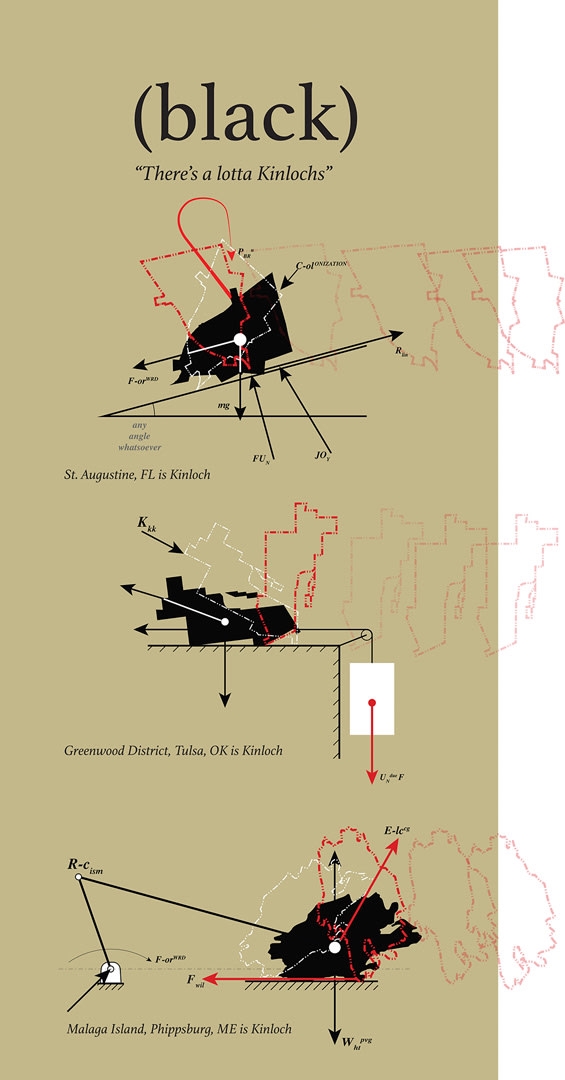
[Image: The Museum of Modern Art]
The exhibition features works by artists, architects, and designers, including Amanda Williams, Walter J. Hood, and Olalekan Jeyifous. They touch on a wide range of subjects, from the formation of Black towns during the Reconstruction era to the creation of transportation networks in the Jim Crow South to the emergence of the Black Panther Party amid the urban renewal of the late 1960s. In addition to paintings and sculptural works, the exhibition includes models, speculative designs, maps and architectural renderings focused on 10 cities across the U.S.
One piece, a large flower-shaped “textile antenna” by artist Felecia Davis, is hung from the ceiling, and its woven cones transmit the sounds of individuals in the gallery. Inspired by the demolition of a Black neighborhood in Pittsburgh to make way for a civic center project that itself was later demolished, the piece highlights the importance of communication and participation in the process of urban change.
Another series of pieces by Sekou Cooke looks at the legacy of a public housing project in Syracuse, which was built to replace a vibrant Black community that was displaced by the construction of an interstate highway. Through tweaked maps, reworked aerial plans and proposed new buildings, Cooke translates hip hop-style remixing into drawings and architectural renderings that propose new potentials for re-centering Black culture in the neighborhood.
“The installations in the exhibition are as much about mining the past as they are locating a starting point for thinking about the future, and not offering rules but offering possibilities,” Anderson says.
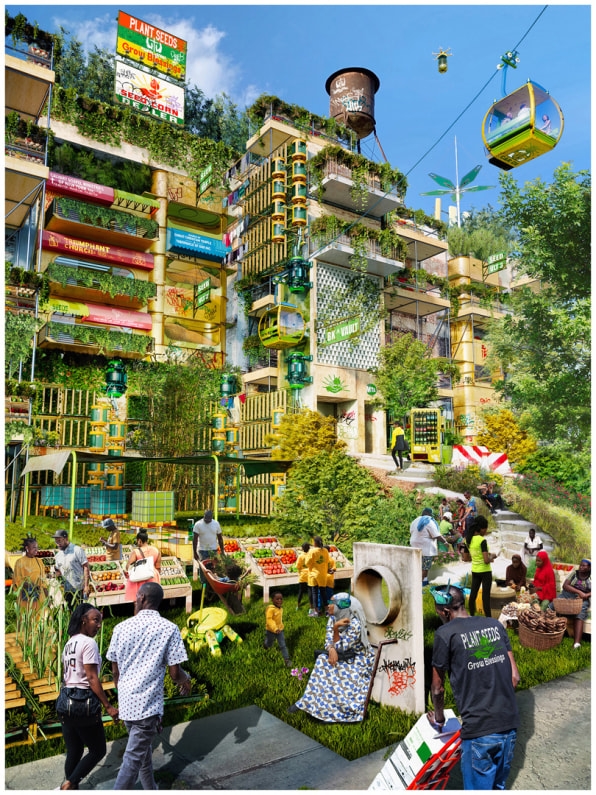
[Image: courtesy of the artist/The Museum of Modern Art]
The exhibition runs through the end of May and is being augmented through a free online course that will remain accessible after the exhibition closes. Anderson says the course will be added to as more work by Black architects and designers is shown at the museum and acquired into its collections. He says it’s as much about spreading the impact of the exhibition as it is about exposing more Black people and other people of color to architecture and design as a profession.
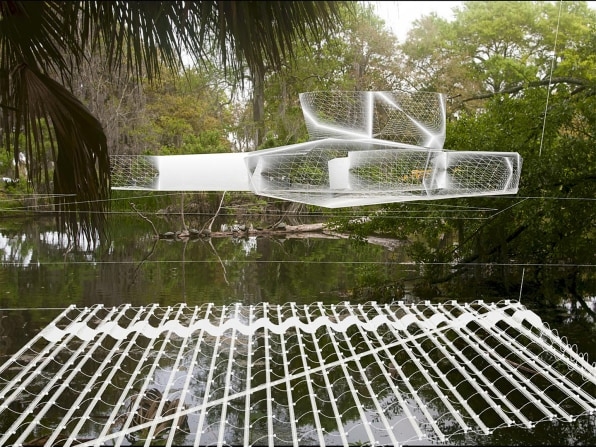
[Image: courtesy of the artist/The Museum of Modern Art]
“Some of the reasons you don’t find an extensive number of Black and brown practitioners in the profession is an exact extension of the processes that were put in place by white architects,” he says. “[There were] economic and political processes that kept them out of spaces like architecture and deign, yet they were also present.”
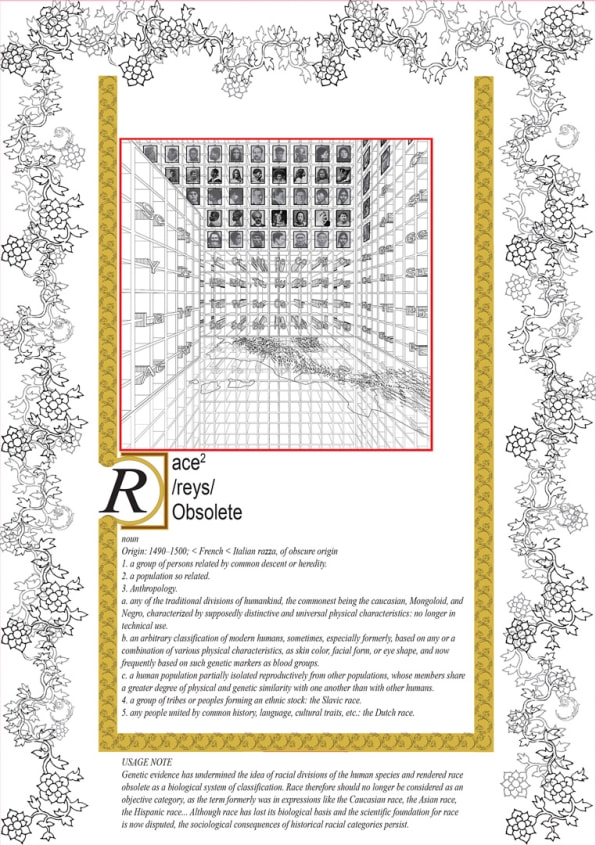
[Image: courtesy The Museum of Modern Art]
Wilson notes that this has clearly changed, but as a historically white field, it’s no surprise that white people have been its focus. It’s a matter that connects directly with the themes of the exhibition, and with its institution, MoMA, where architect and known Nazi sympathizer Philip Johnson helped create the department of architecture and design in the 1930s. Indeed, the galleries holding the exhibition are named after Johnson, a fact that led the artists involved to cover his name during the run of the show. “It is very complicated,” Wilson says. “But I think he is one figure in an institution whose project was to define the modern canon, but that modern canon was already racialized from the beginning.”
Anderson says the way to move beyond that history is to understand it, and see the ways that architecture is moving beyond homogeneity. “The profession is ostensibly a white-formed historic profession, and we can only look at incredible practitioners today who are transcending these definitions and making extraordinary work,” he says. “We have to pay attention to these legacies in order to supplant them and make new spaces for everyone.”
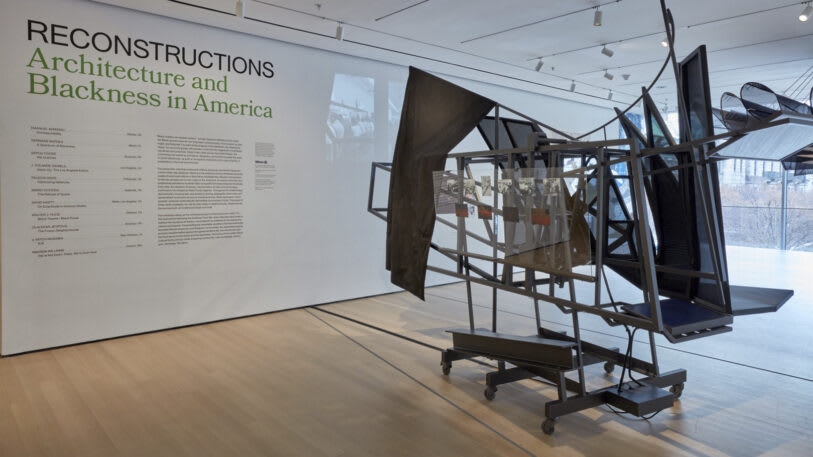
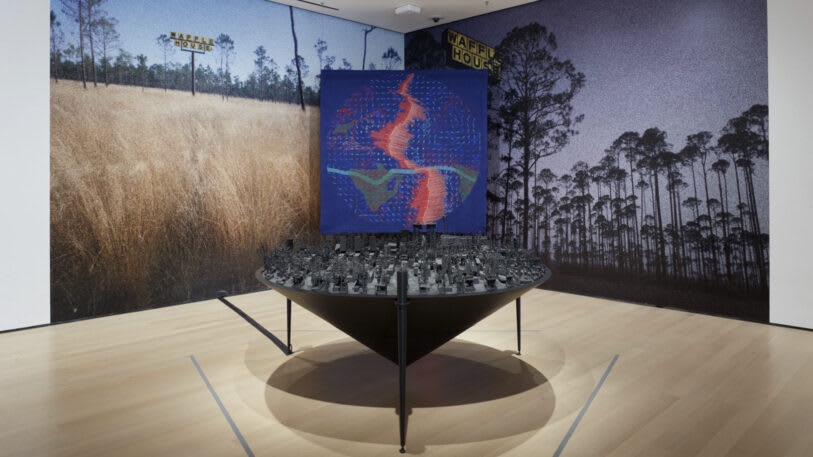
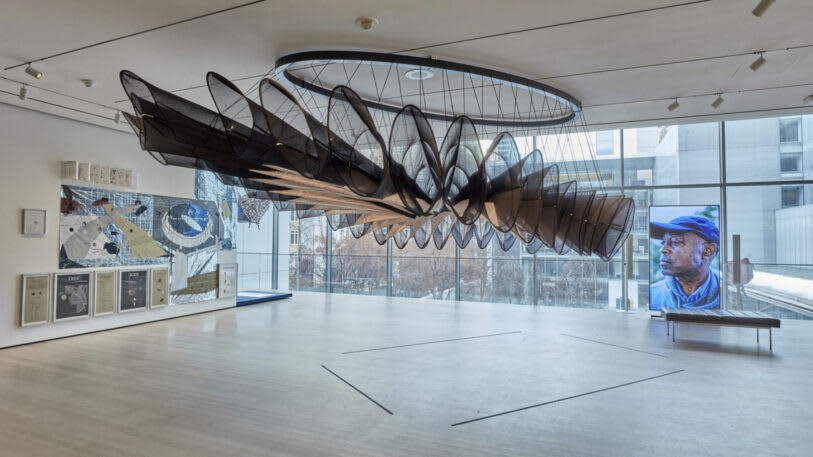
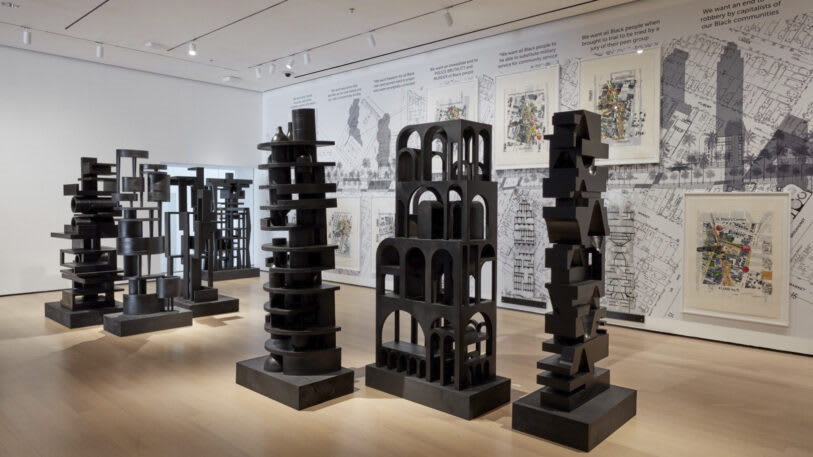
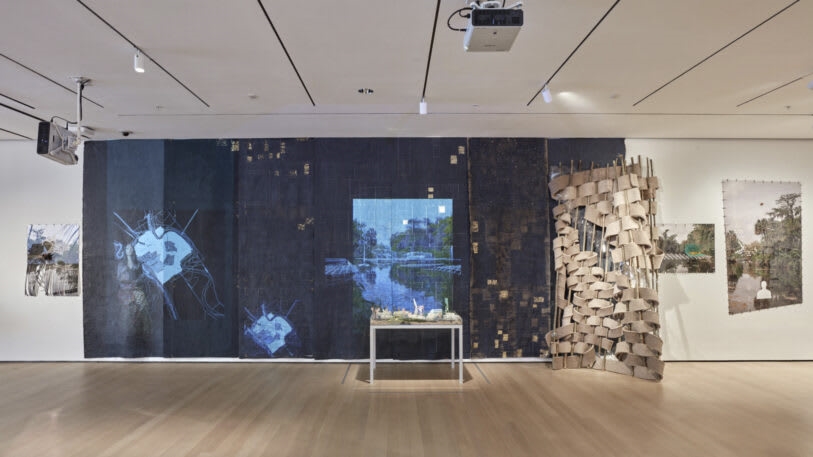
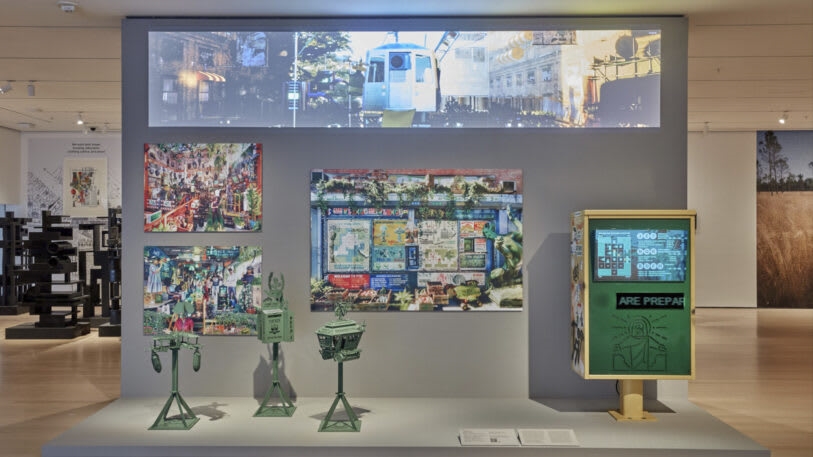
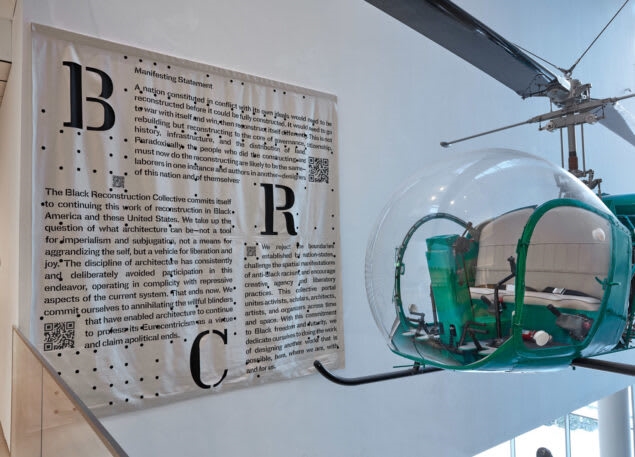
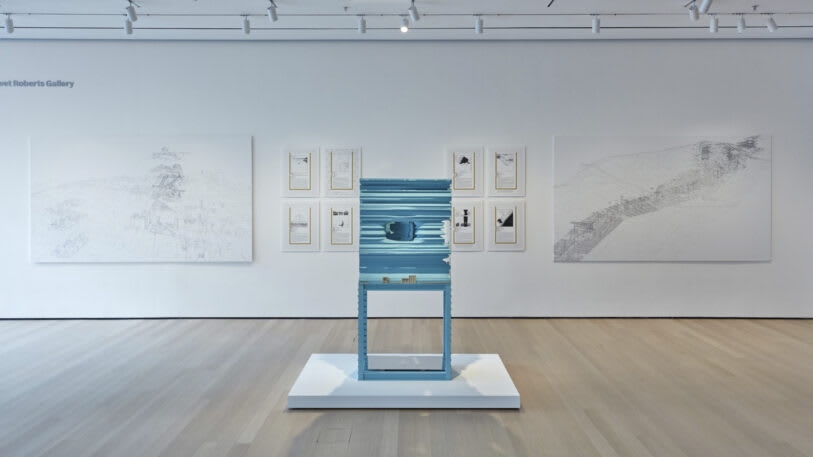
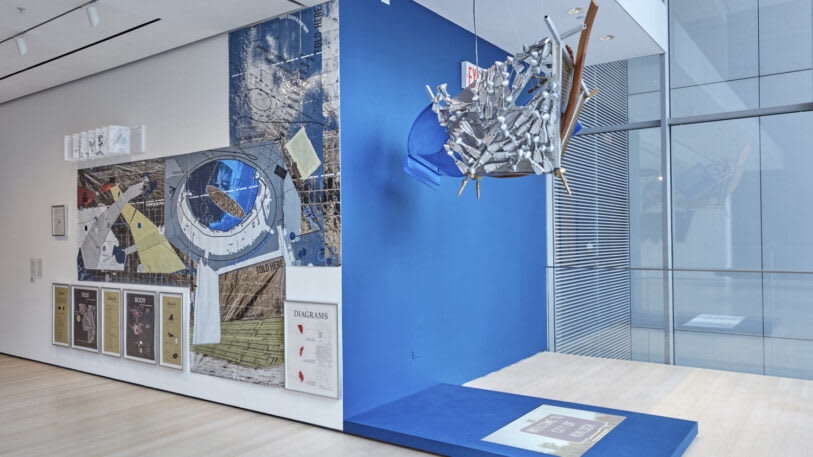
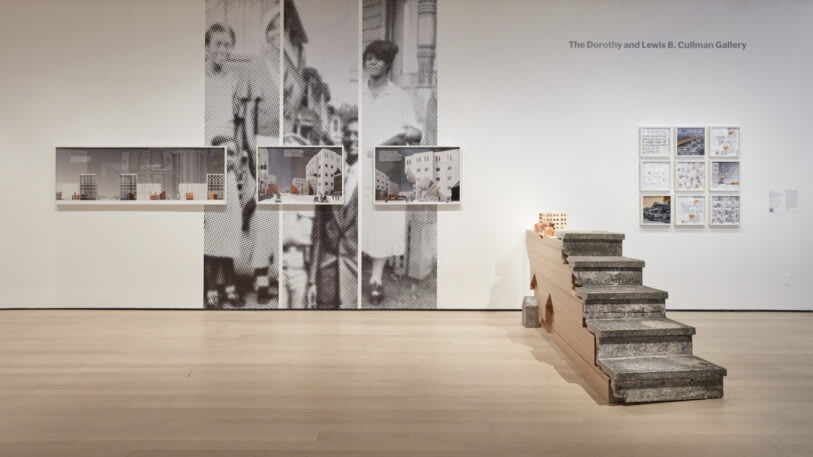
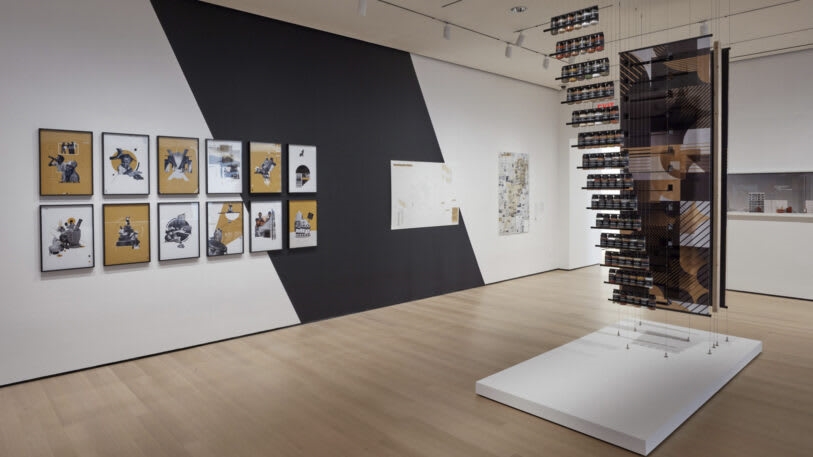
Fast Company , Read Full Story
(29)

